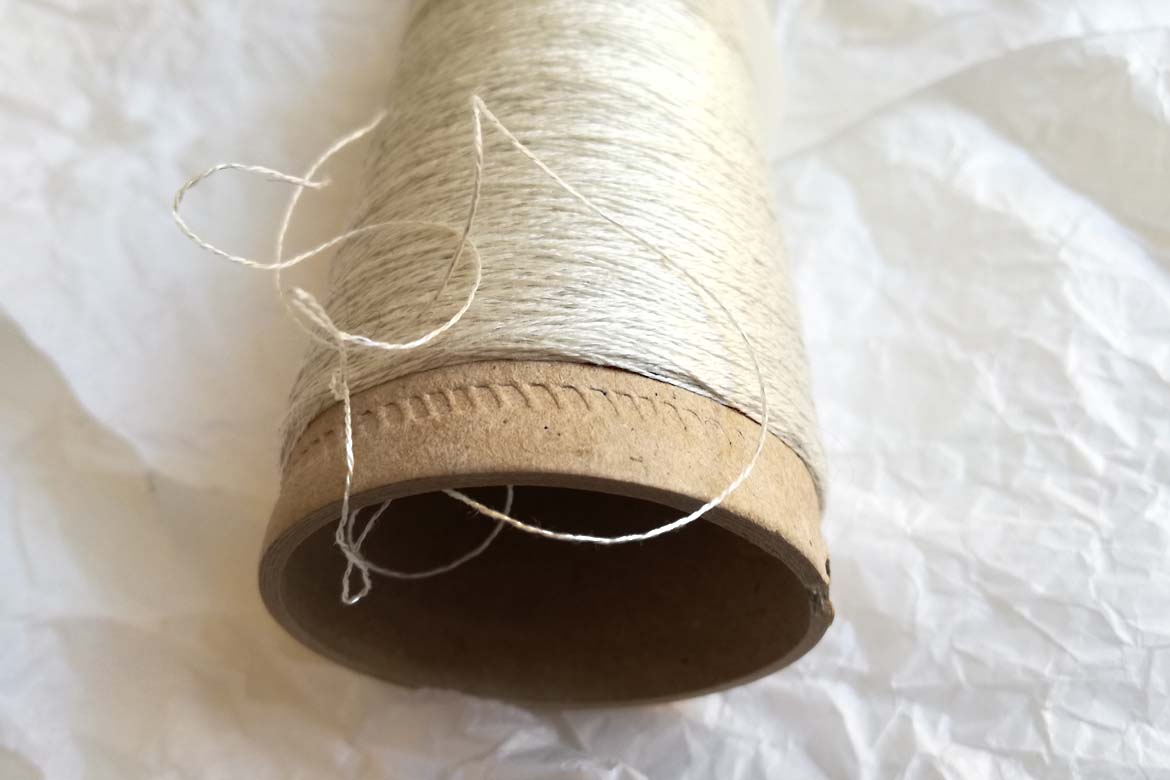Colorful, luxurious, bold, and simple – yarns from Japan have been making knitters‘s hearts beat for 15 years. Find out which ones you can cuddle with right in the middle of Berlin!
Most people wouldn‘t associate Japan with knitting or knitting with Japan. While Japan has an incredibly rich textile history, it‘s weaving, silk, and cotton we‘d be thinking of, maybe fibers like ramie, washi, hemp or linen. But to knitters, names like Noro, ITO and Habu speak of bold color combinations, jewel tones and unusual materials.
Noro, a rainbow of colors
The first Japanese yarns to arrive on the newly fashionable knitting scene back in the mid-2000s were made by Noro, a company named after its founder, Eisaku Noro. They hand-picked the sometimes quite unusual color combinations of their yarns and introduced long color changes, setting a trend which is still going strong today. Compared to having to change to a whole new ball of yarn to introduce a new color into your knitting, you‘d have several colors in one ball of yarn with which you could knit quite a few rows before the color would change again. It was unheard of.
Back then, Noro‘s most popular yarns were Kureyon – crayon – and Silk Garden. Today, they offer a variety of over 200 yarns, some even with only one color. My own, rather muted foray into Noro yarns started with two balls of Noro Kabuto Fine in blue and green, a delicious mix of merino, silk, cashmere and alpaca with specks of different colors sprinkled throughout. Sometimes I still regret giving that hat away.

Avantgarde in sustainability
Noro‘s philosophy has been the same from the founding of the company in 1975: to stay close to nature, with all animal fibers coming from certified organic farms and as little processing and as much sustainability as possible. For example, debris trapped in fibers like grass, little twigs or burrs, is picked out by hand instead of using machines or chemicals. Fibers aren‘t combed as much, Noro doesn‘t use metal dyes or high heat dye baths and their spinning machines run much slower, lowering the amount of hydro power needed. The cardboard they need for packaging and other uses is made from recycled materials. Of course, all that leads to a higher price and yarn that isn‘t as uniform, but although many companies have tried to copy Noro, they‘ve never been able to achieve the same unique combination of colors and high quality.
Developed abroad, made in Japan
Brilliant colors are also on offer from the ITO and Habu yarn companies. Despite those names, ito meaning thread in Japanese and habu coming from the Okinawan snake, but combining the kanji for eight and cloth, these companies were founded in Berlin and New York, respectively. But their yarns are inspired by Japanese textiles and are made by small companies all over Japan. Most of their yarns are quite thin and can therefore be combined with other yarns to create fabrics with different colors, properties or designs.

ITO and Habu offer similar yarns, among them some made from linen paper and ramie, which look like thin paper strips. Despite looking so delicate, the yarn is quite strong and durable. It certainly is a strange and exciting experience to knit with it – it sounds like paper, too, during knitting! Another yarn both companies offer is made from a very thin stainless steel wire wrapped with silk, which makes for a unique fabric. The yarn can be bent and the knitted fabric can be formed into shapes and folds and lends a certain stiffness to delicate-looking pieces. I‘ve also seen it used in jewelry – to make necklaces, crocheted earrings or even bobbin lace rings. But my favorite ITO yarn is definitely Sensai, made from silk and mohair, so it is both shiny and fluffy.
Everything you need right in Berlin
ITO Yarn‘s showroom can be found right in the center of Berlin, at the „handmade Berlin“ store. There, they have every ITO yarn, but also a wide palette of other yarns from all over the world. Recently, handmade Berlin also started offering MASAKI yarns, designed by Japanese fashion label M&KYOKO. MASAKI yarn is intended to catch your eyes and perfect for making accessories and jewelry, but of course it can also be used for everything else. There‘s even more: knitting patterns and kits to make the best use of the ITO yarns on offer, finished scarves and wristwarmers for non-knitters and even a fun little loom, just about the size of a hand, to make coasters and other things with.

Of course, there are many more Japanese yarns to discover and knit, crochet, weave or use in any other way, such as Avril yarns, founded by Masami Fukui and knitwear designer Setsuko Torii, with shops in Kyoto, Tokyo and Osaka, or widespread brands Hamanaka, Diakeito, Richmore, Pierrot, Wister or Puppy. But those sadly haven‘t made their way to Europe yet.
Still, even without Japanese or Japan-inspired yarn, you can add Japanese influence to your knitting or crocheting with stitch patterns, shapes and designs. If you want a real challenge, have a look at Hitomi Shida‘s books of knitting stitches and if you‘d rather have a relaxing time, check out the stylish patterns from Pierrot. Winter might be over soon, but it‘s never too soon to knit for the next one!


